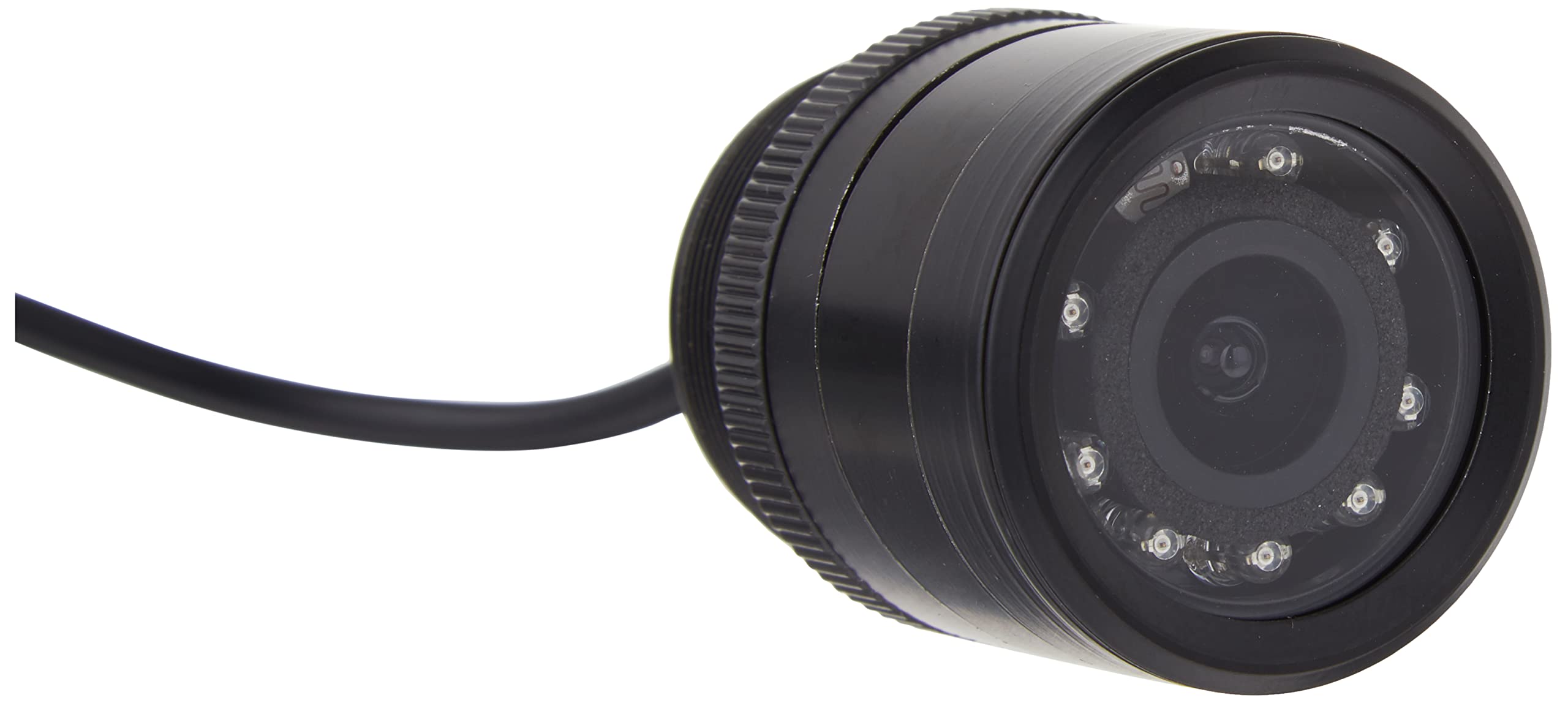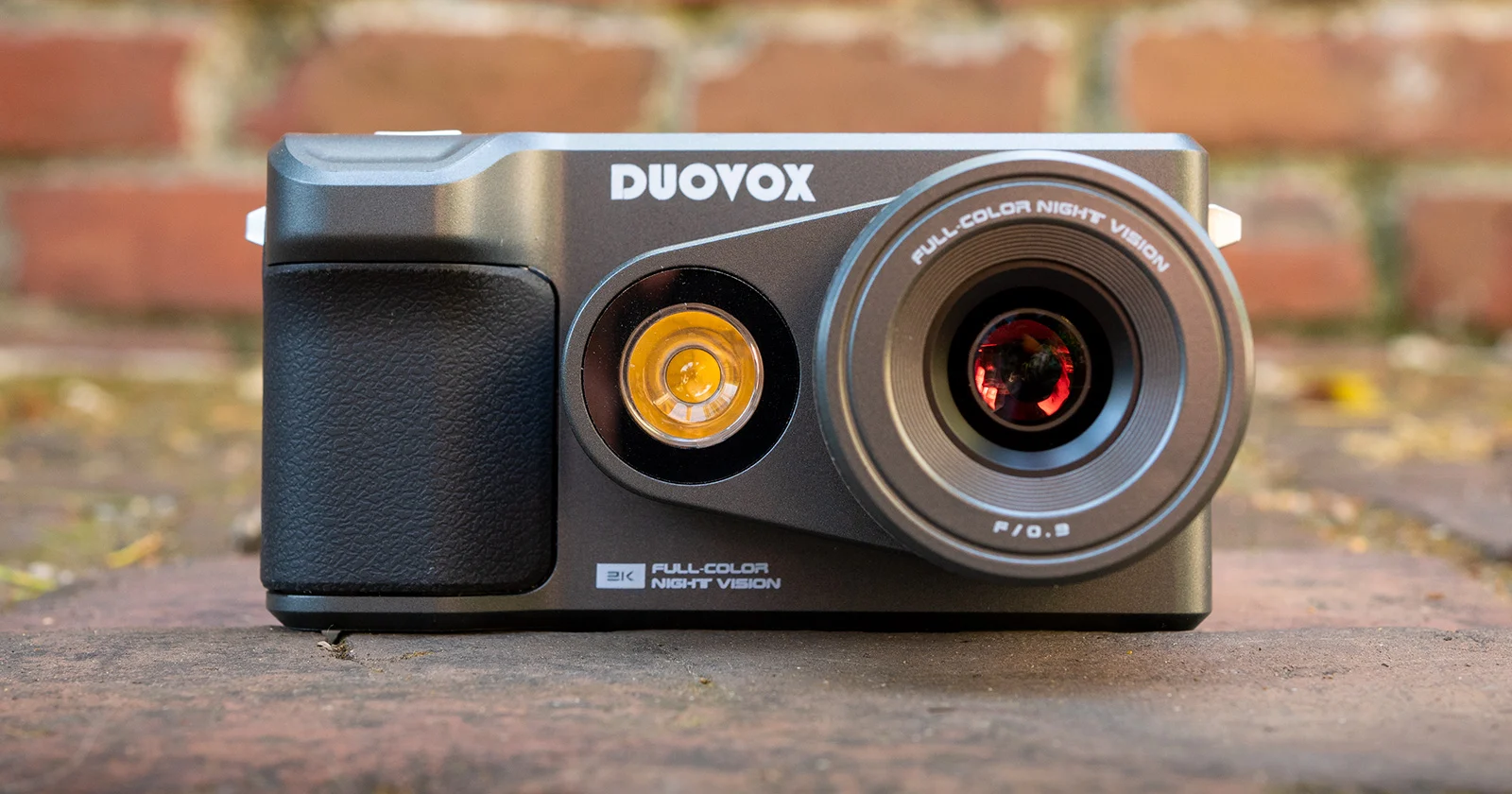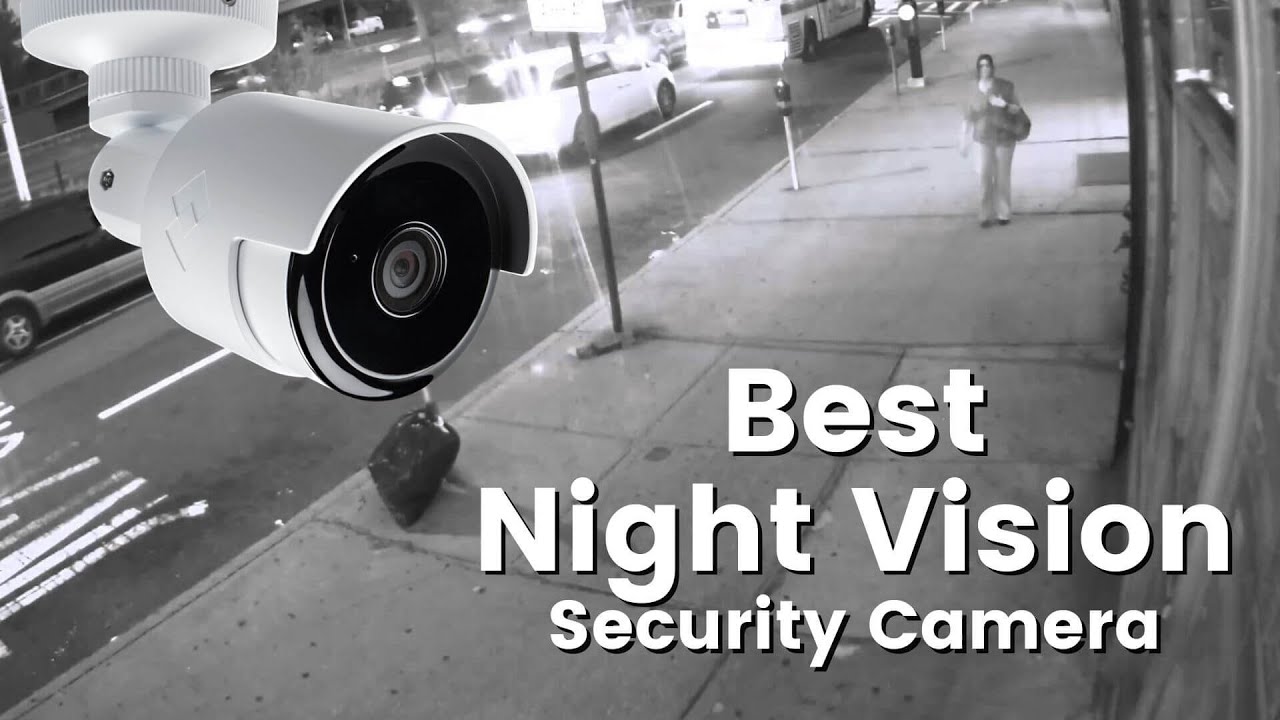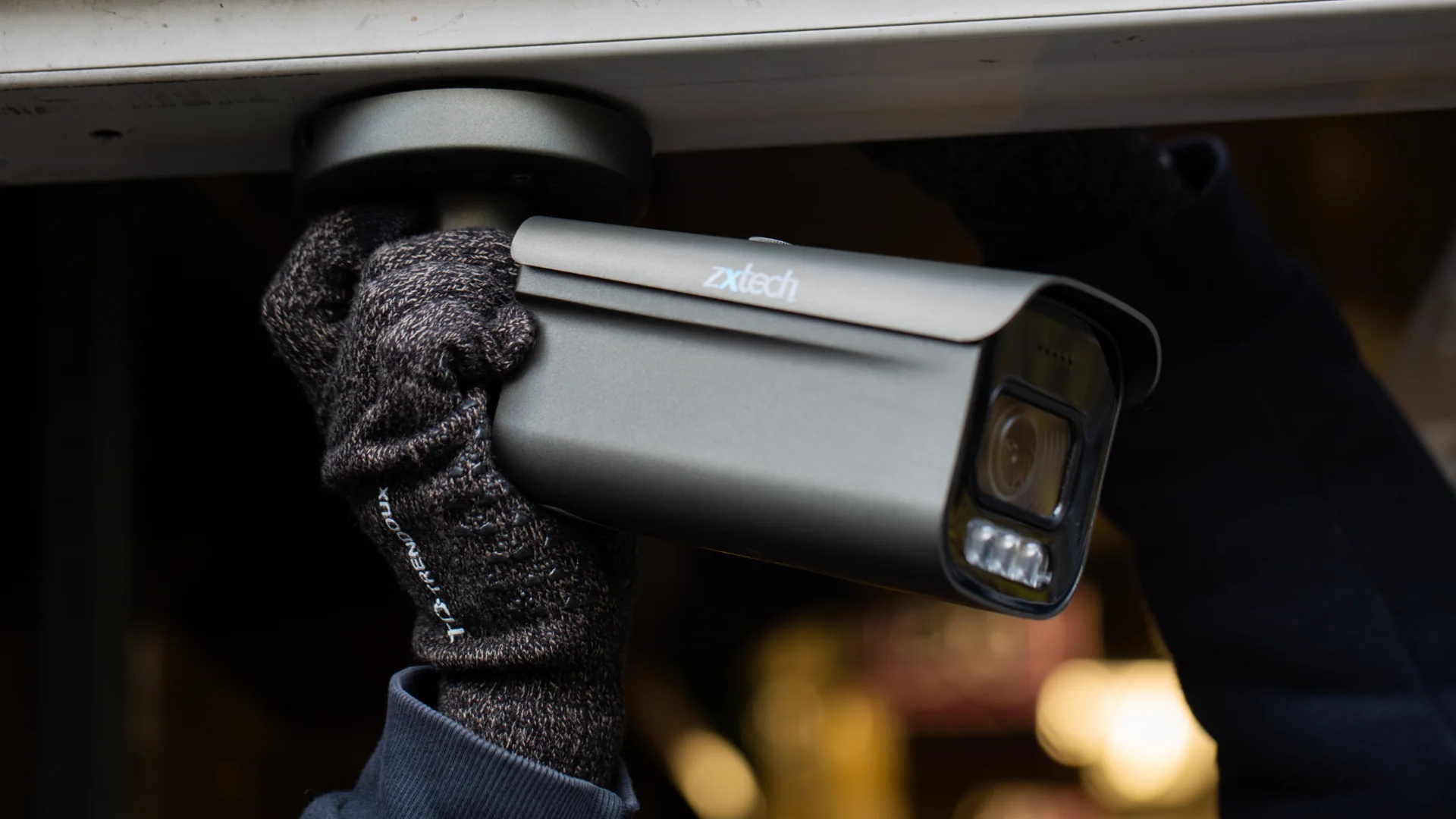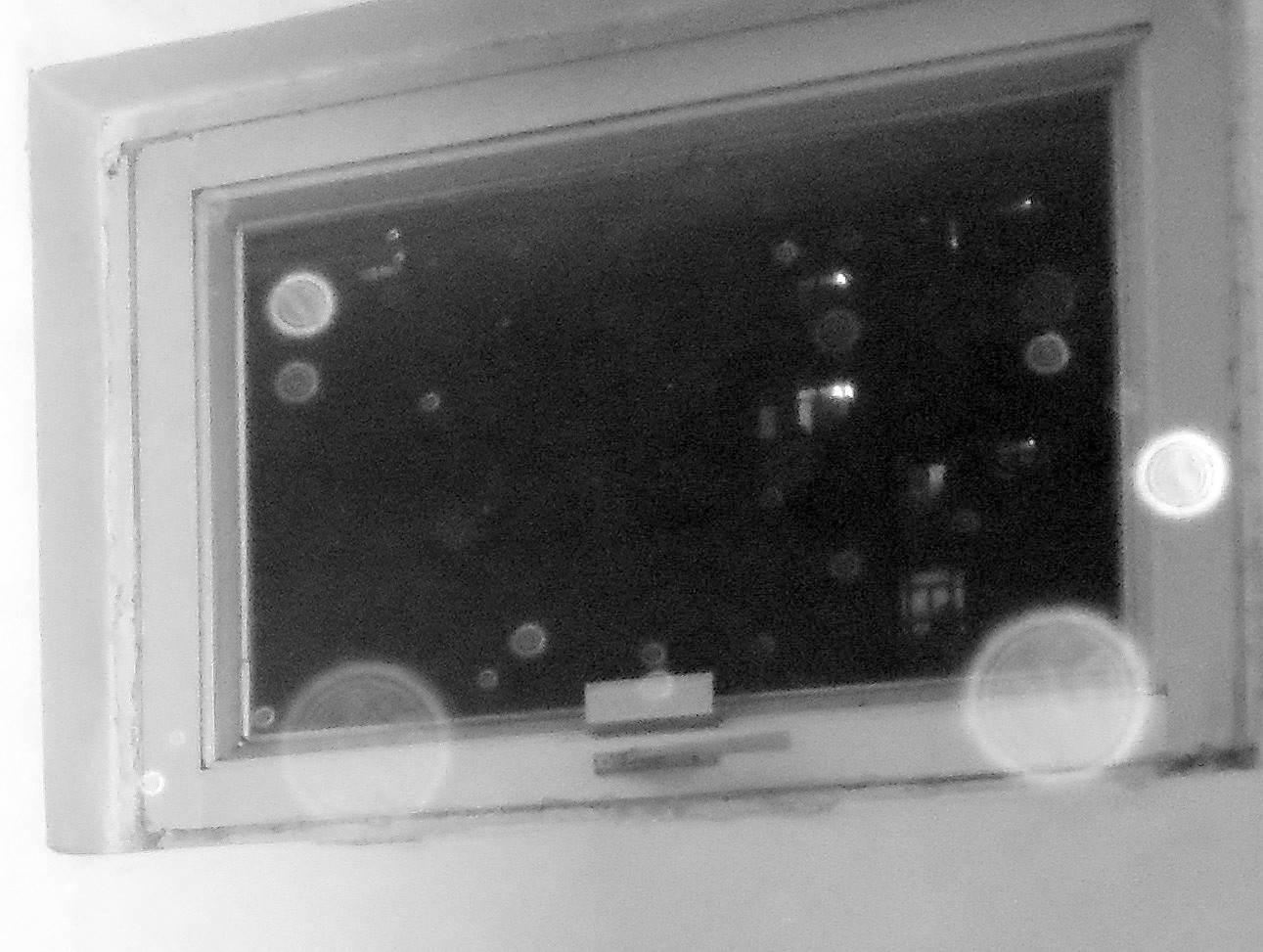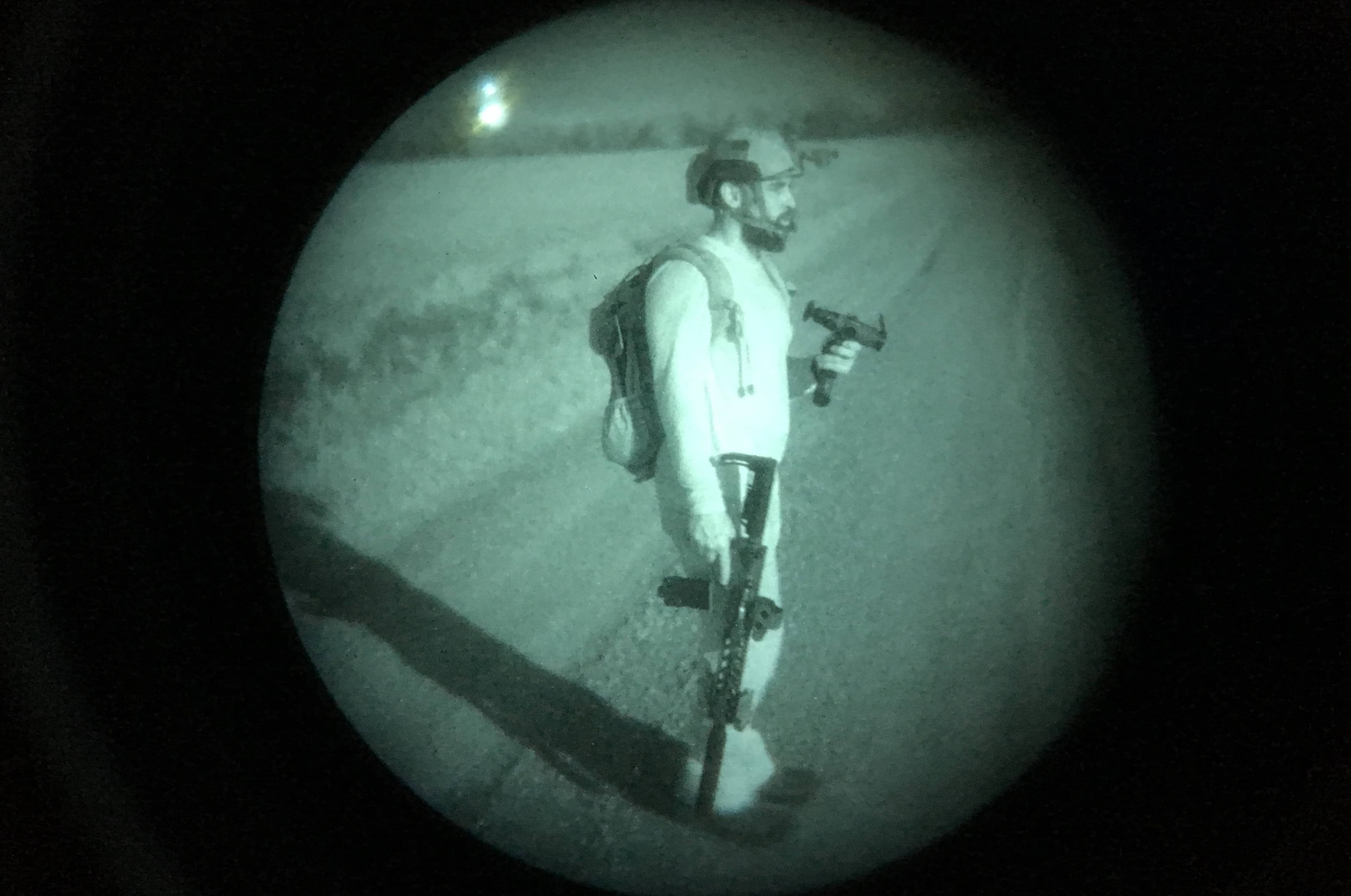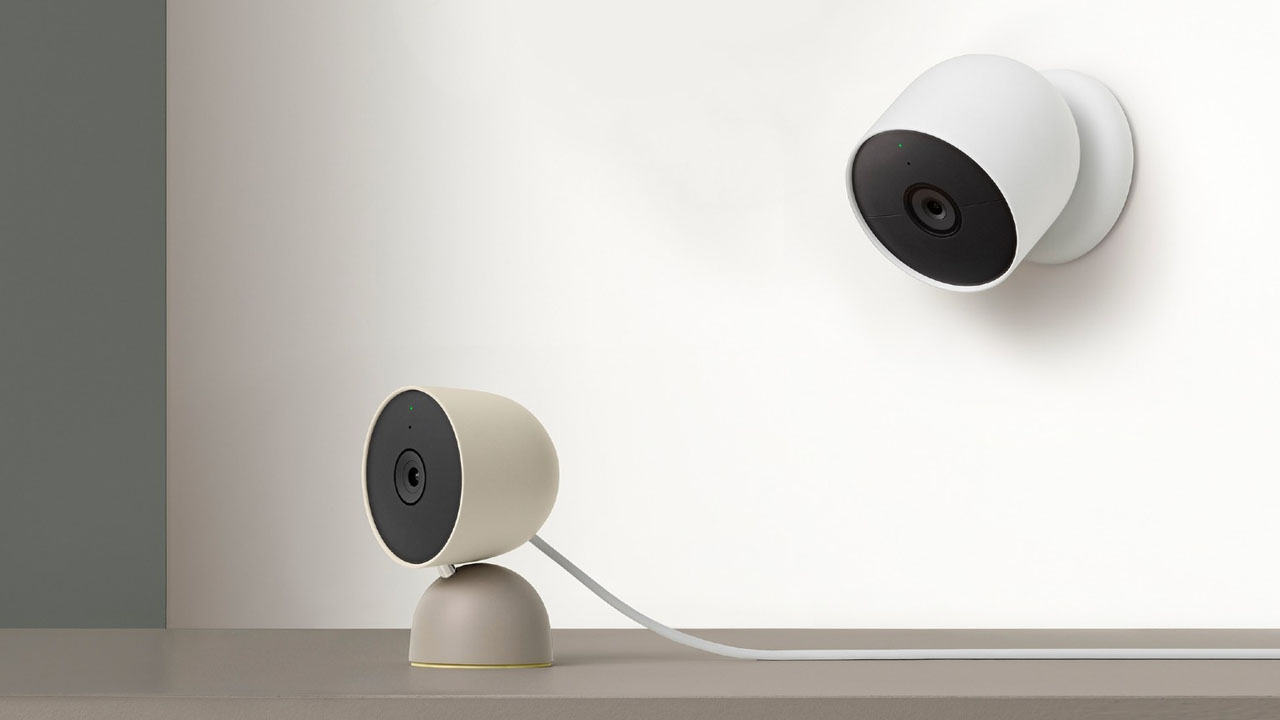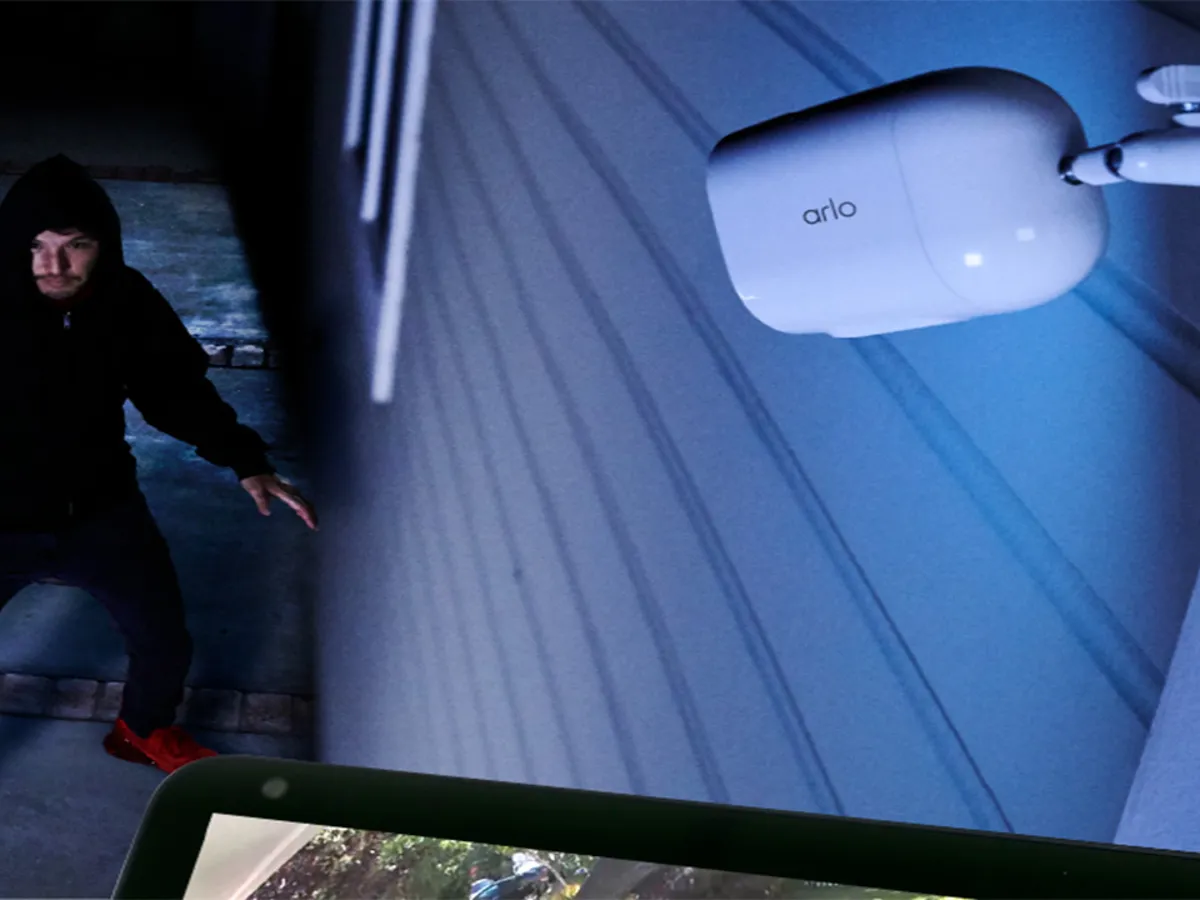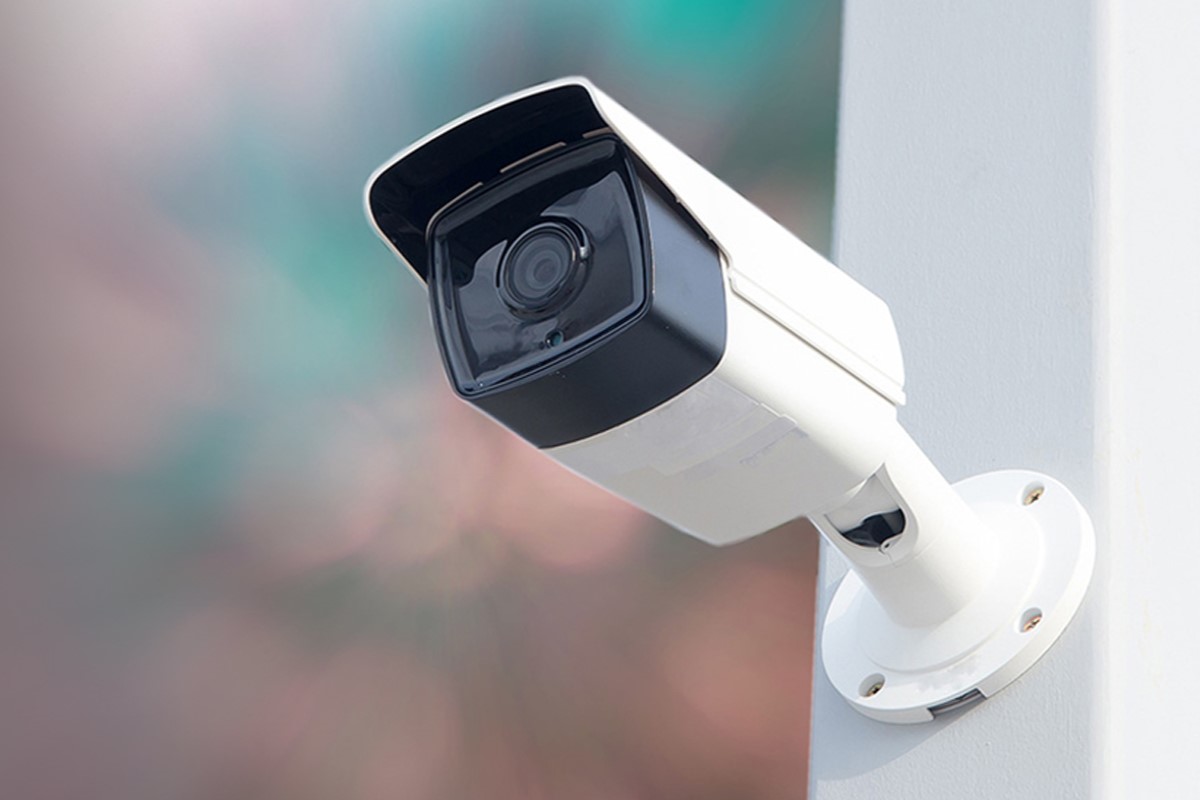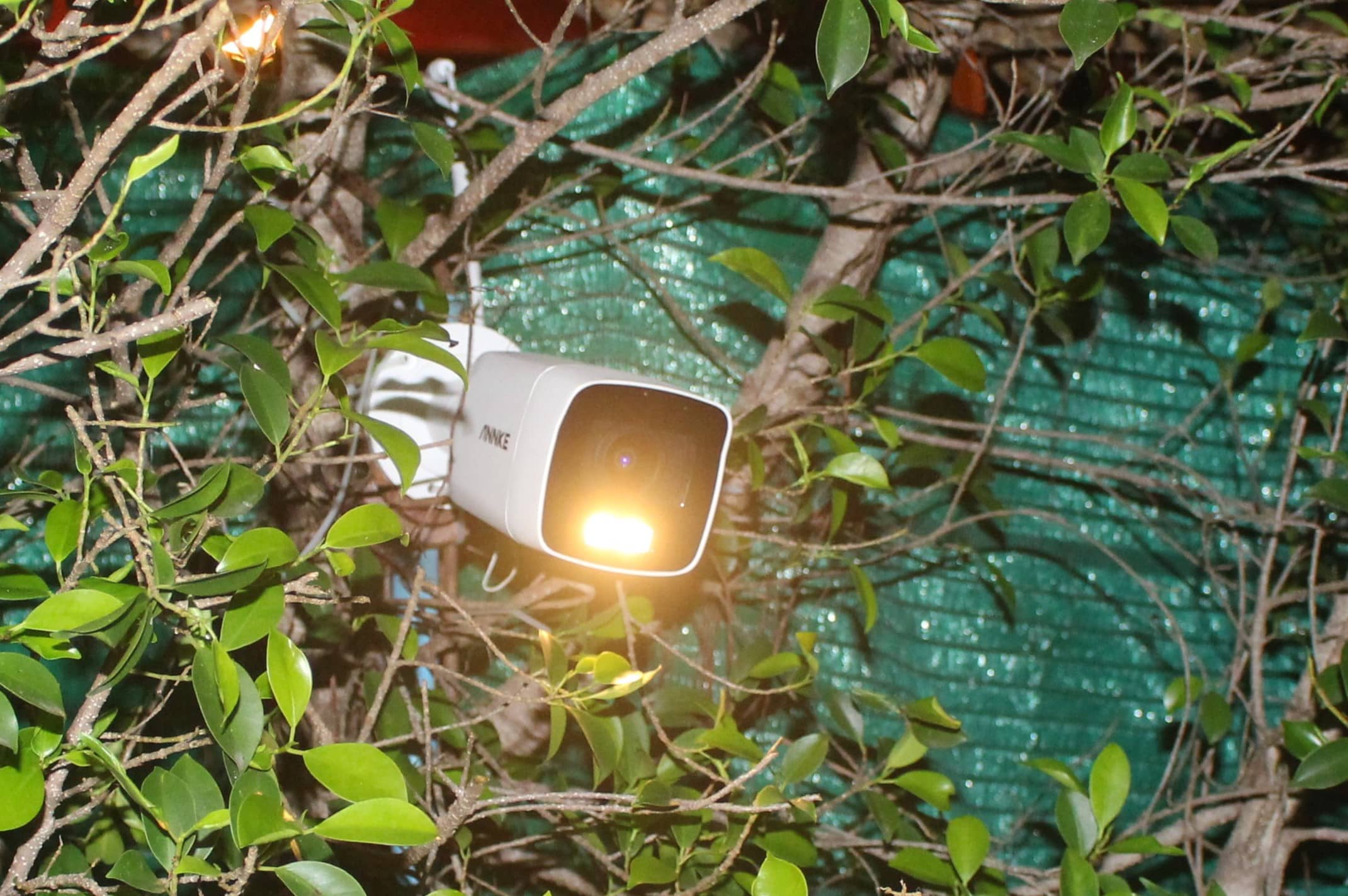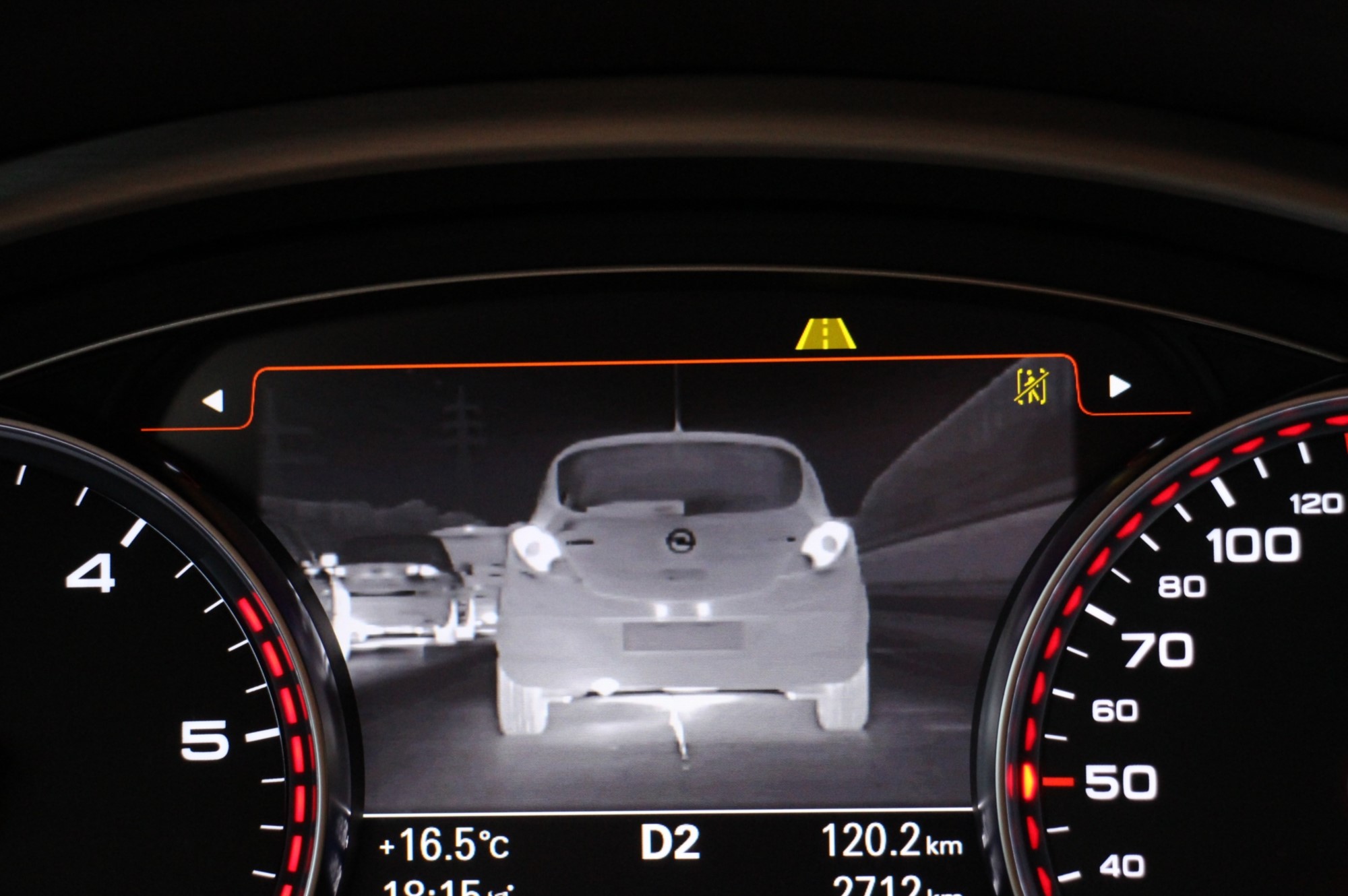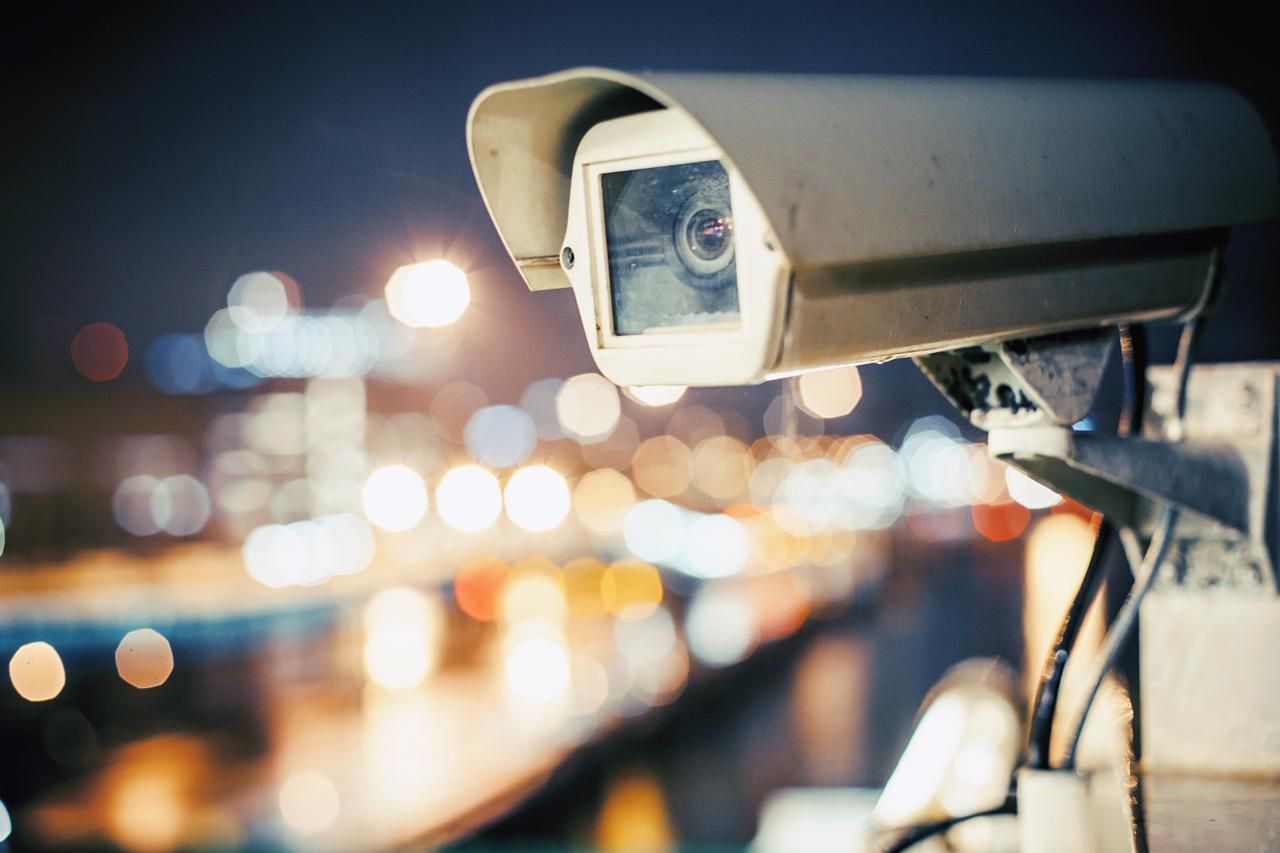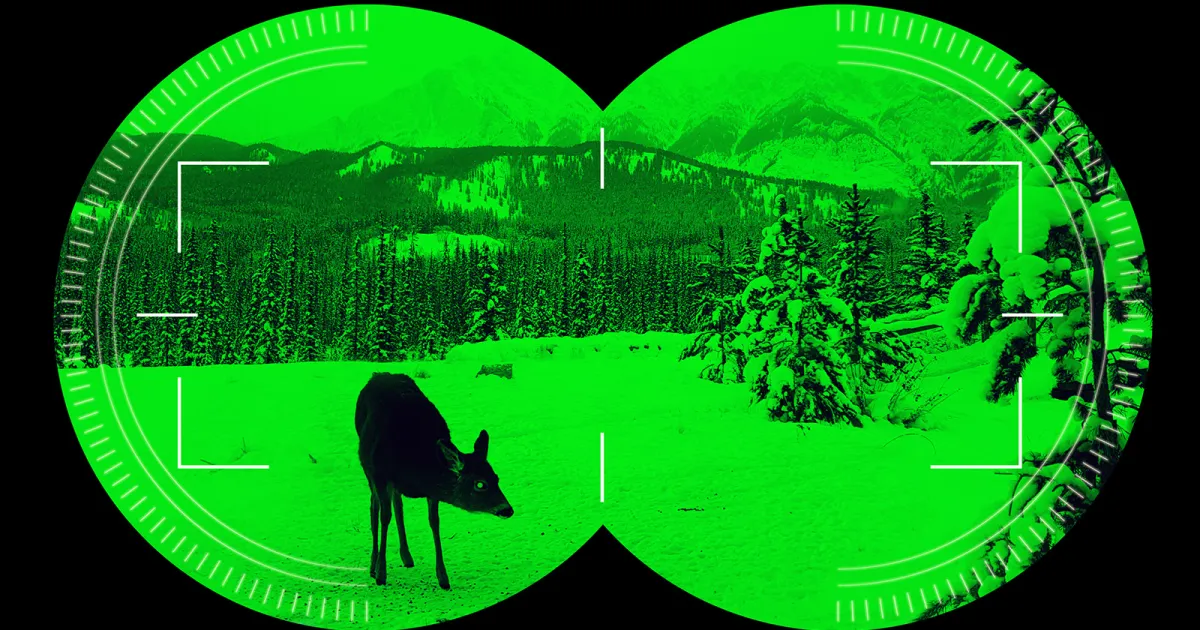Home>Home Security and Surveillance>What Is An IR Night Vision Camera
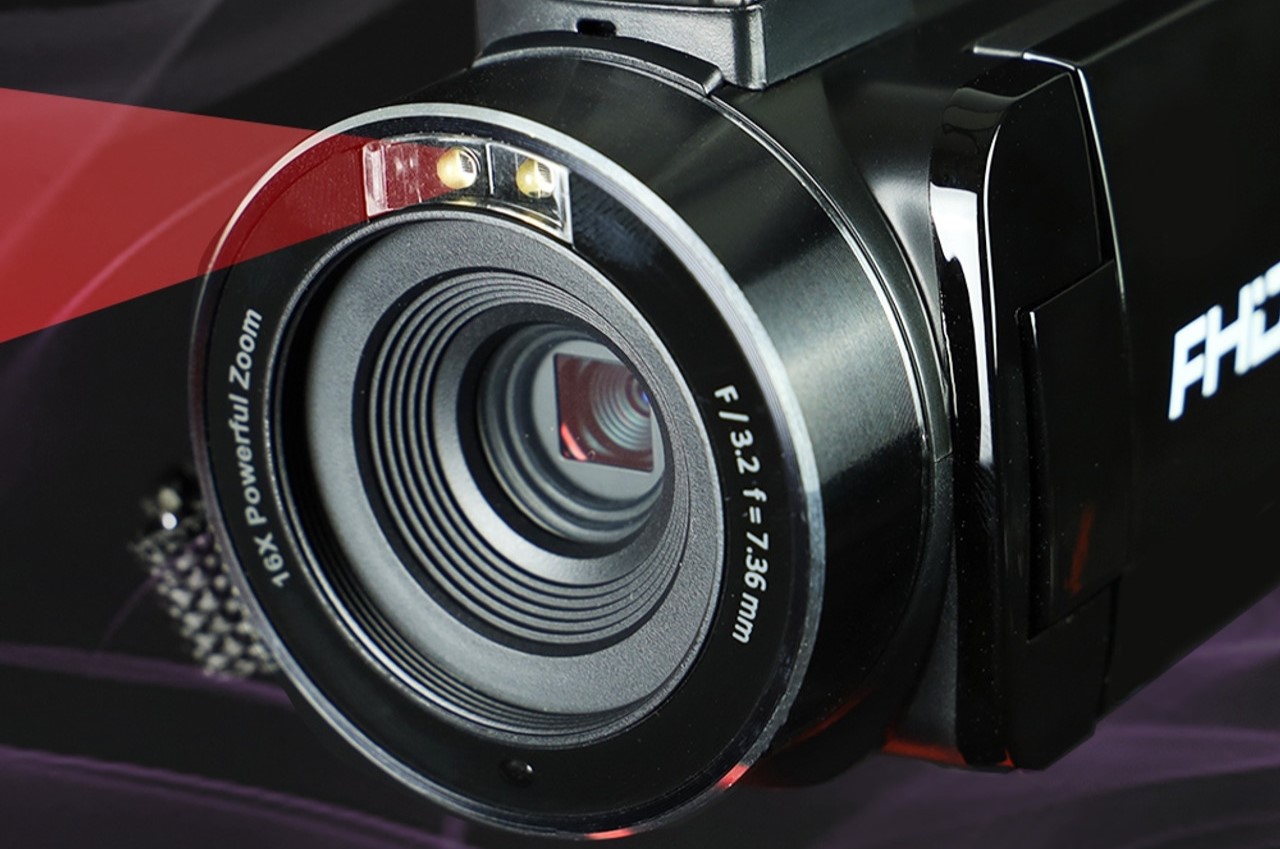

Home Security and Surveillance
What Is An IR Night Vision Camera
Modified: March 6, 2024
Discover the benefits of an IR night vision camera for home security and surveillance. Enhance your peace of mind with advanced technology and 24/7 monitoring capabilities.
(Many of the links in this article redirect to a specific reviewed product. Your purchase of these products through affiliate links helps to generate commission for Storables.com, at no extra cost. Learn more)
Introduction
Welcome to the world of home security and surveillance! In today’s ever-evolving technological landscape, it has become essential to prioritize the safety of our homes and loved ones. One key tool in achieving this peace of mind is the infrared (IR) night vision camera.
An IR night vision camera is a device that allows for clear and effective monitoring of your home, even in dark or low-light conditions. By harnessing the power of infrared technology, these cameras provide enhanced visibility, giving you the ability to capture and record activities that may otherwise go unnoticed.
In this article, we will dive into the fascinating world of IR night vision cameras, exploring their definition, how they work, different types available, applications, advantages and limitations, as well as factors to consider when choosing one for your home security needs.
So, whether you are a homeowner looking to boost your home security or an enthusiast seeking to expand your knowledge in this field, buckle up and get ready to explore the incredible capabilities of IR night vision cameras.
Key Takeaways:
- IR night vision cameras use invisible infrared light to capture clear footage in the dark, providing 24/7 surveillance and enhancing security for homes, businesses, and even wildlife observation.
- When choosing an IR night vision camera, consider factors like resolution, range, and weather resistance to ensure it meets specific surveillance needs and provides reliable performance.
Definition of IR Night Vision Camera
An IR night vision camera is a specialized surveillance camera that is equipped with infrared sensors and LEDs (light-emitting diodes) to capture images and videos in low-light or complete darkness. These cameras utilize infrared light, which is not visible to the human eye, to illuminate the scene and produce clear and detailed footage.
The primary purpose of an IR night vision camera is to monitor and record activities that occur in dark environments where traditional cameras would struggle to capture usable footage. Whether it’s monitoring your property at night, keeping an eye on your baby in a dark nursery, or securing your workplace after hours, an IR night vision camera ensures that you have a clear vision of what’s happening.
Most IR night vision cameras are equipped with sensors that can detect the infrared light emitted by objects and convert it into visible images. These sensors can typically detect infrared light in the near-infrared spectrum, which falls between the visible light spectrum and thermal infrared radiation.
Furthermore, the built-in LEDs in an IR night vision camera emit near-infrared light, which serves as an artificial source of illumination for the camera’s sensor. These LEDs are usually arranged around the camera lens and can be either invisible (940nm) or slightly visible (850nm) to the human eye.
It is important to note that IR night vision cameras work independently of ambient light. This means that they can provide reliable surveillance even in complete darkness or situations where there is little to no external light available.
Overall, an IR night vision camera is a powerful tool that allows you to monitor and record activities in low-light conditions or darkness, providing you with a comprehensive level of security and peace of mind.
How IR Night Vision Cameras Work
IR night vision cameras rely on the principles of infrared technology to capture detailed images and videos in low-light or dark environments. Let’s take a closer look at how these cameras work:
1. Infrared Illumination: The key component of an IR night vision camera is infrared illumination. The camera is equipped with infrared LEDs that emit near-infrared light, which is invisible to the human eye. This light serves as an artificial source of illumination for the camera, allowing it to capture clear images in the absence of external light.
2. Infrared Sensitivity: IR night vision cameras have sensors that are highly sensitive to infrared light. These sensors can detect the near-infrared light reflected or emitted by objects in the camera’s field of view. The sensors convert this infrared light into visible images, which are then processed and displayed on a monitor or recorded for later viewing.
3. Image Processing: Once the camera captures the infrared light, it undergoes image processing to enhance the visibility and clarity of the captured images. This processing may include adjustments to brightness, contrast, and sharpness to provide a clear and detailed view of the scene.
4. Range: The range of an IR night vision camera refers to the distance at which it can effectively capture footage in low-light or darkness. The range depends on various factors, including the power and number of infrared LEDs, the sensitivity of the camera’s sensor, and the environment in which the camera is placed. Some cameras have a range of several meters, while others are capable of capturing footage from a distance of up to 30 meters or more.
5. Infrared Cut Filter: Some advanced IR night vision cameras are equipped with an infrared cut filter. This filter blocks infrared light during the day to prevent color distortion in the captured images. As the ambient light decreases and the camera switches to night vision mode, the filter is automatically removed, allowing the camera to capture infrared light for enhanced visibility.
By combining these elements, IR night vision cameras can provide high-quality surveillance footage, even in challenging lighting conditions. Whether it’s monitoring your home, office, or any other space, these cameras ensure that you have a clear view of the activities happening around you.
Types of IR Night Vision Cameras
IR night vision cameras come in various types, each designed to cater to specific needs and environments. Let’s explore some of the most common types:
- 1. Bullet Cameras: Bullet cameras are popular for outdoor surveillance. They have a cylindrical shape and are typically installed on walls or ceilings. These cameras are weather-resistant, making them ideal for monitoring outdoor areas such as driveways, entrances, and parking lots. Bullet cameras often have a long-range IR capability, allowing them to capture clear images even from a distance.
- 2. Dome Cameras: Dome cameras are compact and discreet, making them suitable for both indoor and outdoor applications. These cameras are often installed on ceilings and provide a wide-angle view of the surroundings. Dome cameras are popular in retail spaces, offices, and homes, as they are unobtrusive and blend well with the decor. They may also feature infrared LEDs for effective night vision.
- 3. PTZ Cameras: PTZ (Pan-Tilt-Zoom) cameras provide enhanced flexibility and control. These cameras can pan, tilt, and zoom to capture a larger field of view and focus on specific areas of interest. PTZ cameras are commonly used in large outdoor areas such as parking lots, stadiums, and industrial sites. They may include advanced features like optical zoom and auto-tracking to ensure clear footage even from a distance.
- 4. Wireless Cameras: Wireless cameras use Wi-Fi or other wireless protocols to transmit video signals to a receiver or a network video recorder. They offer ease of installation and flexibility as they can be placed anywhere within the range of the wireless network. Wireless IR night vision cameras are suitable for homes, apartments, and small businesses where running cables may not be feasible or desired.
- 5. Hidden Cameras: Hidden cameras are designed to be discreet and blend seamlessly into the environment. They can be disguised as everyday objects such as clocks, smoke detectors, or even stuffed animals. Hidden cameras are often used for covert surveillance purposes or to monitor a specific area without drawing attention.
These are just a few examples of the types of IR night vision cameras available in the market. Each type has its own set of features and advantages, so it’s essential to consider your specific requirements and the environment in which the camera will be installed.
No matter which type you choose, IR night vision cameras provide an added layer of security and peace of mind, ensuring that your property and loved ones are protected, even in the darkest of conditions.
Applications of IR Night Vision Cameras
IR night vision cameras have a wide range of applications across various industries and settings. Let’s explore some of the common applications where these cameras are used:
- 1. Home Security: IR night vision cameras are commonly used for residential security purposes. Homeowners can install these cameras to monitor their property, entrances, and other vulnerable areas. With IR night vision capabilities, homeowners can rest assured that their home is under surveillance even during the darkest hours of the night.
- 2. Business Security: Businesses of all sizes can benefit from the use of IR night vision cameras. Whether it’s retail stores, offices, warehouses, or manufacturing facilities, these cameras provide round-the-clock monitoring and protection from theft, vandalism, and unauthorized access. They can also help in identifying incidents such as employee misconduct or workplace accidents.
- 3. Baby Monitoring: IR night vision cameras are popular choices for baby monitoring. Parents can keep an eye on their infants or young children, even in a dark nursery or bedroom. The infrared capabilities of these cameras ensure that parents can see their child clearly without disturbing their sleep by turning on the lights.
- 4. Wildlife Observation: Researchers and nature enthusiasts utilize IR night vision cameras to study and observe wildlife behavior. These cameras provide the ability to capture animals in their natural habitats during nighttime hours without disturbing them. Wildlife photographers also use IR night vision cameras to capture stunning images and footage of nocturnal creatures.
- 5. Outdoor Surveillance: IR night vision cameras are highly effective in outdoor surveillance scenarios. Whether it’s monitoring a parking lot, perimeter fencing, or public spaces, these cameras can provide clear images and videos in challenging lighting conditions. They help deter criminal activities and ensure the safety of individuals within the monitored area.
- 6. Law Enforcement: Police departments and law enforcement agencies rely on IR night vision cameras for surveillance and investigation purposes. These cameras assist in monitoring high-crime areas, improving situational awareness, and gathering evidence in low-light or complete darkness conditions.
These are just a few examples of the diverse applications of IR night vision cameras. Their versatility and effectiveness make them indispensable tools in ensuring security, enhancing monitoring capabilities, and capturing crucial footage in a variety of contexts.
When using an IR night vision camera, make sure to keep the lens clean and free from any obstructions to ensure clear and sharp images in low light conditions.
Advantages and Limitations of IR Night Vision Cameras
IR night vision cameras offer a range of advantages that make them invaluable tools for home security and surveillance. However, like any technology, they also have certain limitations. Let’s explore the advantages and limitations of IR night vision cameras:
Advantages:
- Enhanced Visibility in Low-Light Conditions: The primary advantage of IR night vision cameras is their ability to provide clear and detailed footage in low-light or complete darkness. Whether it’s monitoring your property at night or capturing activities in dimly lit areas, these cameras ensure that you won’t miss any crucial details.
- 24/7 Surveillance: Unlike traditional cameras that heavily rely on natural ambient light, IR night vision cameras can provide continuous surveillance regardless of the lighting conditions. They can capture footage during the day and seamlessly transition to night vision mode when it gets dark, ensuring uninterrupted monitoring.
- Wide Range of Applications: IR night vision cameras have diverse applications and can be used in home security, business surveillance, wildlife observation, and more. Their versatility allows for tailored solutions to meet specific monitoring needs in various settings.
- Deterrence and Crime Prevention: The presence of IR night vision cameras acts as a deterrent to potential criminals. The knowledge that their activities are being recorded can discourage trespassing, theft, vandalism, and other criminal acts, thus helping to maintain a safer environment.
- Improved Image Quality: Modern IR night vision cameras have advanced image processing capabilities, resulting in high-quality footage. With features like higher resolution, adjustable brightness, and contrast, they can capture clear and detailed images, making it easier to identify faces, objects, or other important details.
Limitations:
- Limited Range: The effective range of IR night vision cameras may vary depending on the specific model and environmental factors. While some cameras can capture clear footage from a few meters away, others have longer-range capabilities. It’s important to consider the range of a camera based on your monitoring requirements.
- Reduced Color Accuracy: Infrared imaging often results in footage with limited color accuracy. The images captured by IR night vision cameras tend to have a grayscale or monochromatic appearance. This limitation does not affect the overall functionality of the camera but should be considered when color accuracy is crucial.
- Reliance on Infrared Light: IR night vision cameras require a source of infrared light to capture clear footage. In situations where there is no IR light source or if the camera’s IR LEDs are obstructed, the visibility may be compromised. It’s essential to ensure that the camera has sufficient lighting conditions to produce optimal results.
- Potential for Glare: In certain situations, the presence of reflective surfaces or direct exposure to strong sources of light can cause glare or washout in the footage captured by IR night vision cameras. It’s important to position the cameras carefully to minimize such potential issues.
Despite their limitations, IR night vision cameras are powerful tools that significantly enhance surveillance capabilities and provide valuable visual information in low-light conditions. By understanding their advantages and limitations, you can make an informed decision when choosing an IR night vision camera for your specific needs.
Factors to Consider When Choosing an IR Night Vision Camera
When selecting an IR night vision camera for your home security or surveillance needs, it’s important to consider several key factors. These factors will help you choose a camera that meets your specific requirements and provides reliable performance. Here are some important things to consider:
- Resolution: The resolution of the camera determines the level of detail in the captured footage. Higher resolution cameras provide clearer images and make it easier to identify faces, objects, or other important details. Look for cameras with at least 1080p (Full HD) resolution for optimal clarity.
- Range: Assess the range of the IR night vision camera to ensure it covers the desired area for surveillance. Consider factors such as the size of the space, the distance from the camera to the target area, and any environmental obstacles that may affect visibility.
- Infrared LEDs: Check the number and quality of the IR LEDs on the camera. More LEDs typically result in better visibility in low-light conditions. Look for cameras with a sufficient number of high-quality LEDs to ensure adequate illumination in the monitored area.
- Field of View: The field of view (FOV) determines the area that the camera can capture. A wider FOV allows for monitoring a larger area with fewer cameras. Consider the size of the area you want to cover and choose a camera with an appropriate FOV for your needs.
- Weather Resistance: If you plan to use the camera for outdoor surveillance, opt for a camera that is weather-resistant. Look for an IP65 or higher rating to ensure protection against dust, rain, and other environmental elements.
- Power Source: Consider how the camera will be powered. Some cameras are wired and require a constant power source, while others are wireless and operate on batteries or rechargeable power packs. Select a power source option that aligns with your installation preferences and accessibility.
- Connectivity: Determine how the camera will connect to your monitoring system or recording device. Choose a camera with compatible connectivity options such as Wi-Fi, Ethernet, or PoE (Power over Ethernet) based on your infrastructure and convenience.
- Additional Features: Consider any additional features that may be important for your surveillance needs. This could include audio capabilities, motion detection, remote access, video storage options, or compatibility with third-party security systems.
By carefully considering these factors, you can select an IR night vision camera that aligns with your specific surveillance requirements and provides reliable performance. Remember to assess the camera’s specifications and features in relation to your specific environment and needs to make an informed decision.
Conclusion
In today’s world, where the safety and security of our homes and loved ones are paramount, IR night vision cameras have become indispensable tools. These cameras provide enhanced visibility and surveillance capabilities in low-light or dark conditions, offering peace of mind and complete monitoring coverage.
Throughout this article, we have explored the definition, working principles, types, applications, advantages, and limitations of IR night vision cameras. We have learned that these cameras use infrared technology to capture clear and detailed footage, even when visibility is compromised.
From residential properties to businesses, from baby monitoring to wildlife observation, IR night vision cameras find application in various settings. Their versatility and effectiveness make them valuable tools for enhancing security, monitoring activities, and capturing crucial evidence.
Although IR night vision cameras have their limitations, such as limited range and reduced color accuracy, their advantages outweigh these limitations. The ability to provide 24/7 surveillance, enhanced visibility in low-light conditions, and deterrence against criminal activities are just a few of the benefits these cameras offer.
When choosing an IR night vision camera, consider important factors such as resolution, range, infrared LEDs, field of view, weather resistance, power source, connectivity, and additional features. These considerations will ensure you select a camera that meets your specific surveillance requirements and provides reliable performance.
In conclusion, IR night vision cameras are powerful tools that enhance home security, business surveillance, and various other monitoring needs. With their ability to capture clear footage in low-light or dark environments, these cameras provide an additional layer of protection and peace of mind. Invest in an IR night vision camera and gain the confidence of knowing that you have a reliable and effective surveillance system in place to safeguard what matters most to you.
Frequently Asked Questions about What Is An IR Night Vision Camera
Was this page helpful?
At Storables.com, we guarantee accurate and reliable information. Our content, validated by Expert Board Contributors, is crafted following stringent Editorial Policies. We're committed to providing you with well-researched, expert-backed insights for all your informational needs.
